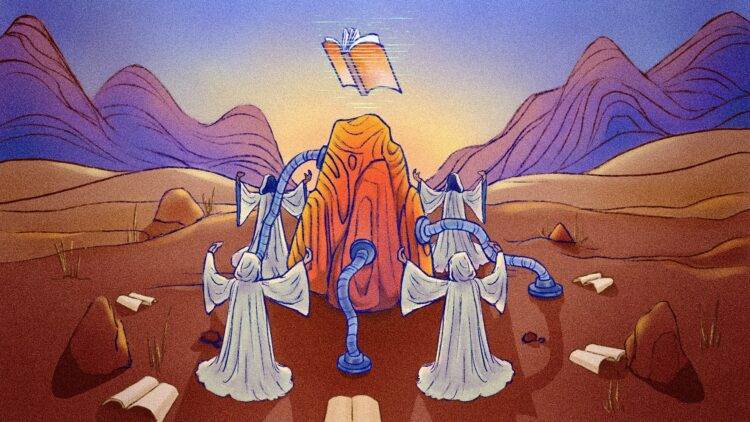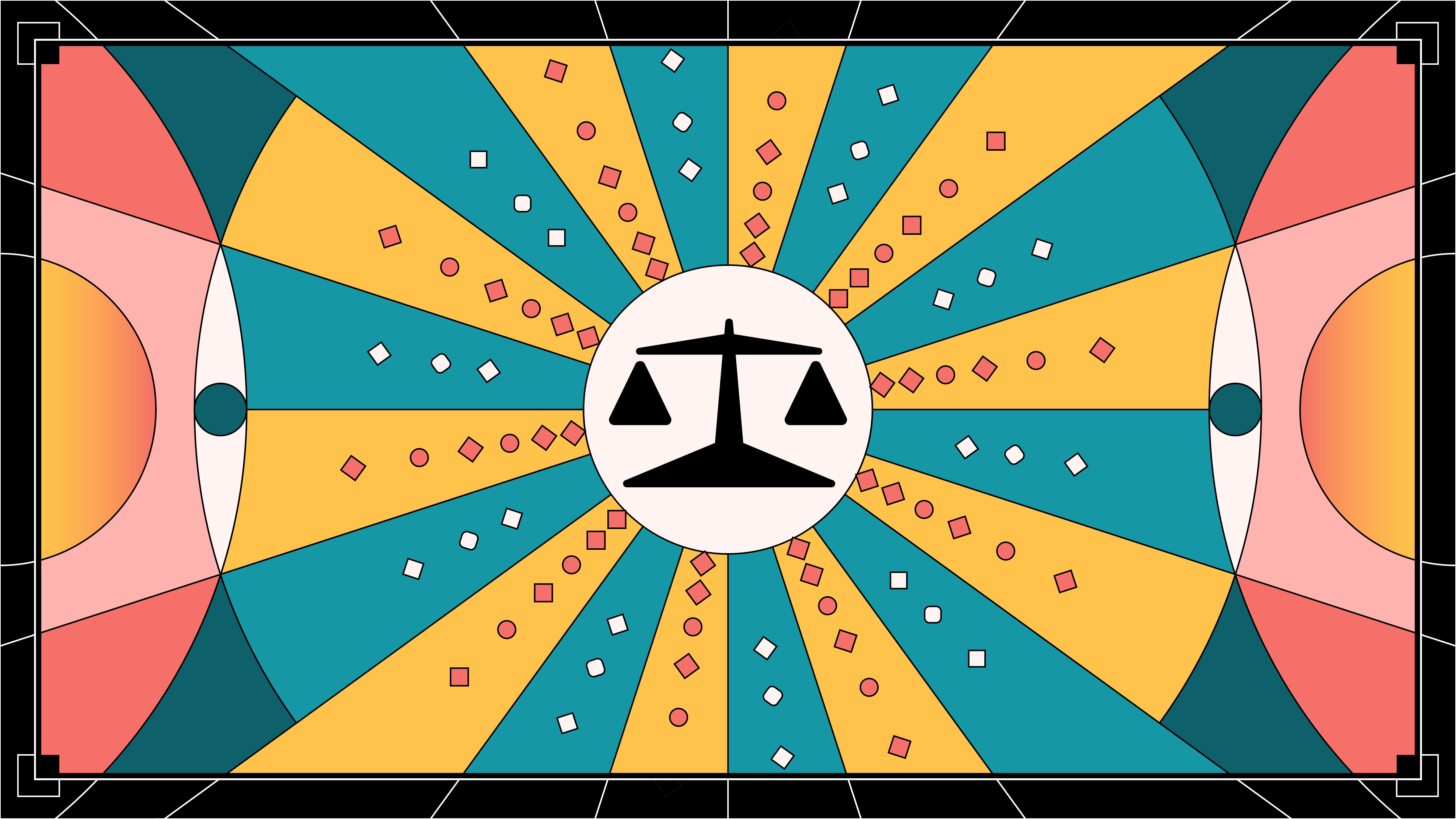
Salman Rushdie thinks he may be contributing to the demise of the novel. He recently agreed to publish a serialized novella on Substack, a digital hub where writers can publish their work independently and charge their subscribers a fee, if they choose. Rushdie isn’t the only prominent fiction writer publishing on the platform, which has built its reputation in part by hosting prominent journalists. Patti Smith publishes on Substack as do notable independent writers like Elle Griffin.
Since the advent of the internet age, publishing industry observers have predicted new technology would revolutionize the business. In an interview with The Guardian announcing his Substack deal, Rushdie discussed the idea. “People have been talking about the death of the novel, almost since the birth of the novel … but the actual, old fashioned thing, the hardcopy book, is incredibly, mutinously alive. And here I am having another go, I guess, at killing it.”
But does this move herald the beginning of a new era in publishing? Alex Shephard, who covers the publishing business for The New Republic, isn’t so sure. As he points out, predictions about tech disrupting the publishing industry have been made before. “It just hasn’t ever materialized. It hasn’t come close to materializing, frankly,” he says.
Consumer data supports Shephard’s view, at least for the time being. Although ereaders have grown, physical books still account for 74% of all books sold. The physical book is still very much alive, and as Shephard and other industry observers have pointed out, even their electronic counterparts make an effort to deliver a tactile experience similar to reading a real book.
Elle Griffin, who is currently releasing her novel in serial on Substack, believes that a major disruption is coming. “Whether that’s [on] Substack or Wattpad or Kindle Vella … is anyone’s guess — what we do know is that those apps already have a substantial readerbase among Generation Z,” says Griffin. “So serial novels are already a thing, and they will disrupt the market as they continue to grow.”
Rushdie himself clarified in his Guardian interview he doesn’t believe his experiment in digital serialization in particular is likely to upend the business of writing and selling novels, but he does seem to believe that some kind of cataclysm is possible, if not imminent. “Whatever the new thing is that’s going to arise out of this new world, I don’t think we’ve seen it yet. I have a very strong suspicion, it is not going to be somebody of my age who comes up with it.”
Although Substack is undeniably interested in courting literary writers, it’s not clear whether the company is interested in disrupting novel writing. Lulu Cheng Meservey, Substack’s VP of communications, emphasizes the platform’s ability to let writers form connections directly with their audience. “We see Substack expanding the publishing ecosystem, providing a new and different avenue for writers,” says Meservey. “Unlike many mainstream publishers, we are giving the writer total freedom to write what they’d like, without editors or deadlines.”
Until now Substack has made a name for itself hosting email newsletters, many penned by prominent journalists. That the company is spending money on publishing deals with writers like Rushdie seems to suggest there’s an upside to be found, whether they alter the face of book publishing or not.
Substack’s emphasis on cutting out intermediaries helps explain why their model appeals to writers like Griffin, who already have audience share on the platform, but aren’t necessarily household names in fiction. Griffin published a piece in May about the economics of book publishing for fiction writers. Her argument is that by selling access to the book through monthly fees or an annual subscription then releasing chapters in serial, she stands to gain more financial upside than she would see through traditional publishing.
Substack’s model is based on email subscriber lists, allowing writers to market themselves to their audience directly, and their cut is ten percent, which compares favorably to Amazon Kindle Direct’s thirty. But if Substack wants to shake up independent publishing, the company has a large hill to climb. In 2019 1.4 million titles were published on Kindle Direct, and the output of the next-highest platform was fewer than 50,000.
“Substack can absolutely create a system that’s viable for the company and for a lot of writers,” says Shephard. “[But] in the grand scheme of things it’s going to be a drop in the bucket compared to what Amazon is doing.”
Between Griffin and Rushdie, it’s clear that authors believe the book publishing industry can be disrupted by technology, but the thing that has always stood in the way of that happening until now has been a critical mass of readers who were willing to endorse the idea by changing their habits. The future of the novel doesn’t seem much clearer or murkier than it did before Rushdie decided to publish on Substack, but it will likely be informed by where you choose to spend money on literature next and how you choose to consume it.







